‘A gentleness in the hard truths’: behind the scenes at Slave Play
Slave Play, London is on at the Noël Coward theatre – Amah-Rose Abrams reports on a ‘hilarious, tender, confronting’ performance and its masterful mirrored set

The announcement of Jeremy O Harris’ West End run of Slave Play was greeted with equal measures of glee and trepidation. What would London make of this controversial play that, while on Broadway, sparked debate to a level that a new play hasn’t done for years?
Since Slave Play’s debut in 2018, Harris has written art-world satirical melodrama Daddy, and co-produced smash hit, star-making series Euphoria. The sense of anarchy and the surreal level of realism common to all three projects is especially palpable in Slave Play, written while Harris was completing his master’s at Yale.
Slave Play review: ‘sex, relationships and power through the lens of race’
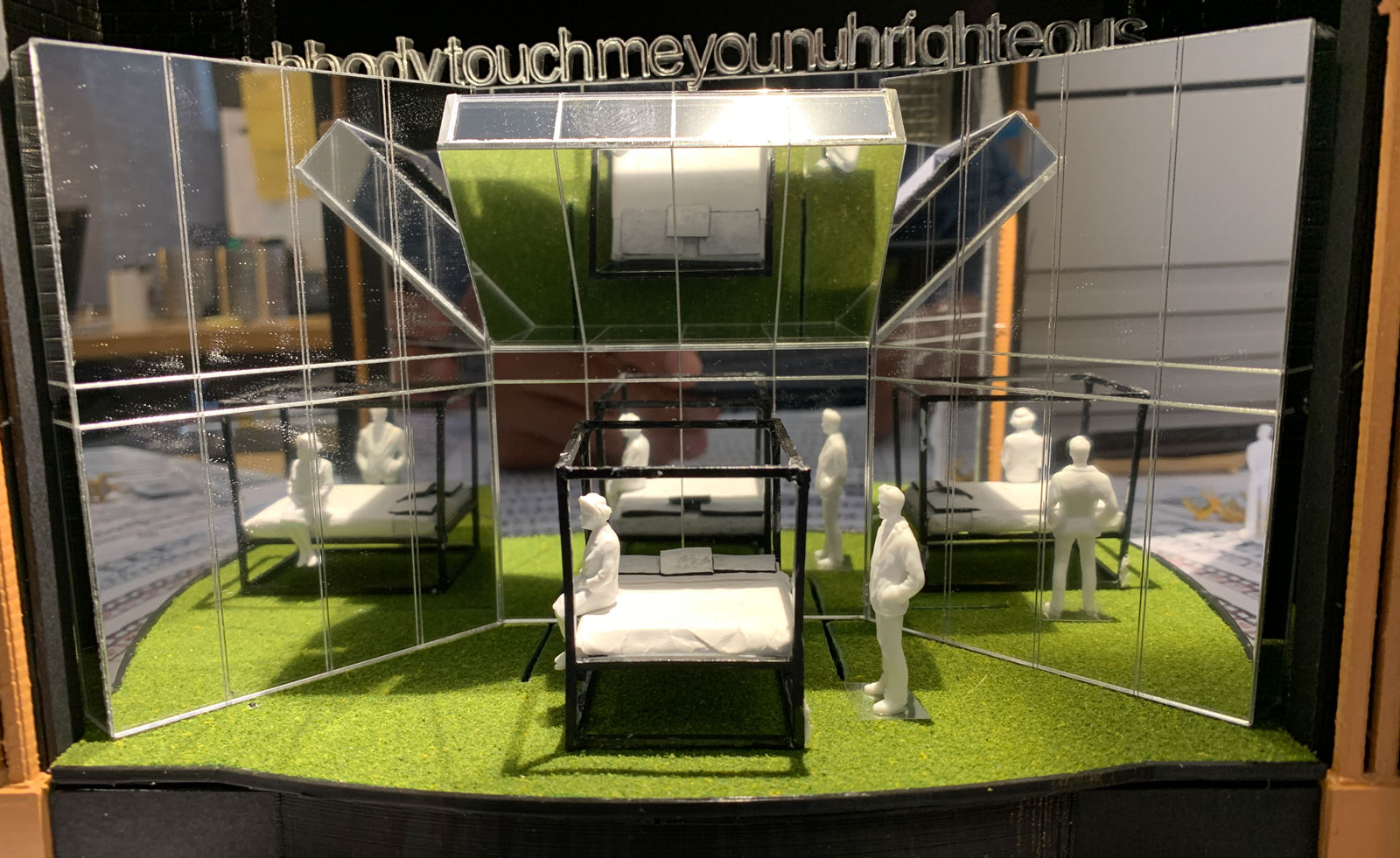
I enjoyed the play immensely, especially the way in which the writing radically seized permission to address power, sex, relationships and self-perception through the spectrum of race. The actors – a cast of eight, including Kit Harrington, Olivia Washington (daughter of Denzel), Fisayo Akinade, Aaron Heffernan, Chalia La Tour and Annie McNamara – clearly admire the work they are performing, and as a result put themselves in positions that felt like a gift.
Without giving away spoilers, hearing certain things said out loud can eradicate their power and I found the play hilarious, tender and very confronting, but in a way that I welcomed. For some people, it may be the entertainment equivalent of jumping into an iced plunge pool, and there are moments of extreme darkness wrapped in the masterful satire at play here. Against a background of millennial pop and indie favourites, there is a gentleness in the hard truths delivered by the cast over the play's two-hour duration, with no interval.
For some people, it may be the entertainment equivalent of jumping into an iced plunge pool
When the show’s set designer, Tony-winning Clint Ramos, read the script, he missed his train stop so he could keep reading.
'When I first read the play, which was in 2017, I think I was drawn to it not only because it broke so many taboos, but because it was talking about something that, as a man of colour and in an inter-racial relationship, really spoke to me and not only on a personal level; at least in America, and I think globally, it spoke to the zeitgeist,' he says. 'I called Robert (O’Hara) the director and unpacked what I was feeling when I initially read it, which was admiration, titillation, discomfort but also ultimately, excitement and how to craft a theatrical piece around what Jeremy had written. For me, the first impulse we have for every design is an emotional response, so a lot of those emotions guided me into the design itself.'
The play shatters taboos: it is at once hilarious and eviscerating and is a pleasantly disruptive, fresh and contemporary piece of writing. Parsing issues of race through ‘antebellum sex therapy’ creates an unavoidable intimacy and as the play takes us through the funny, the troubling, the dark and the violent, there is nowhere to hide.
Wallpaper* Newsletter
Receive our daily digest of inspiration, escapism and design stories from around the world direct to your inbox.
The set design: mirrors open and tilt throughout
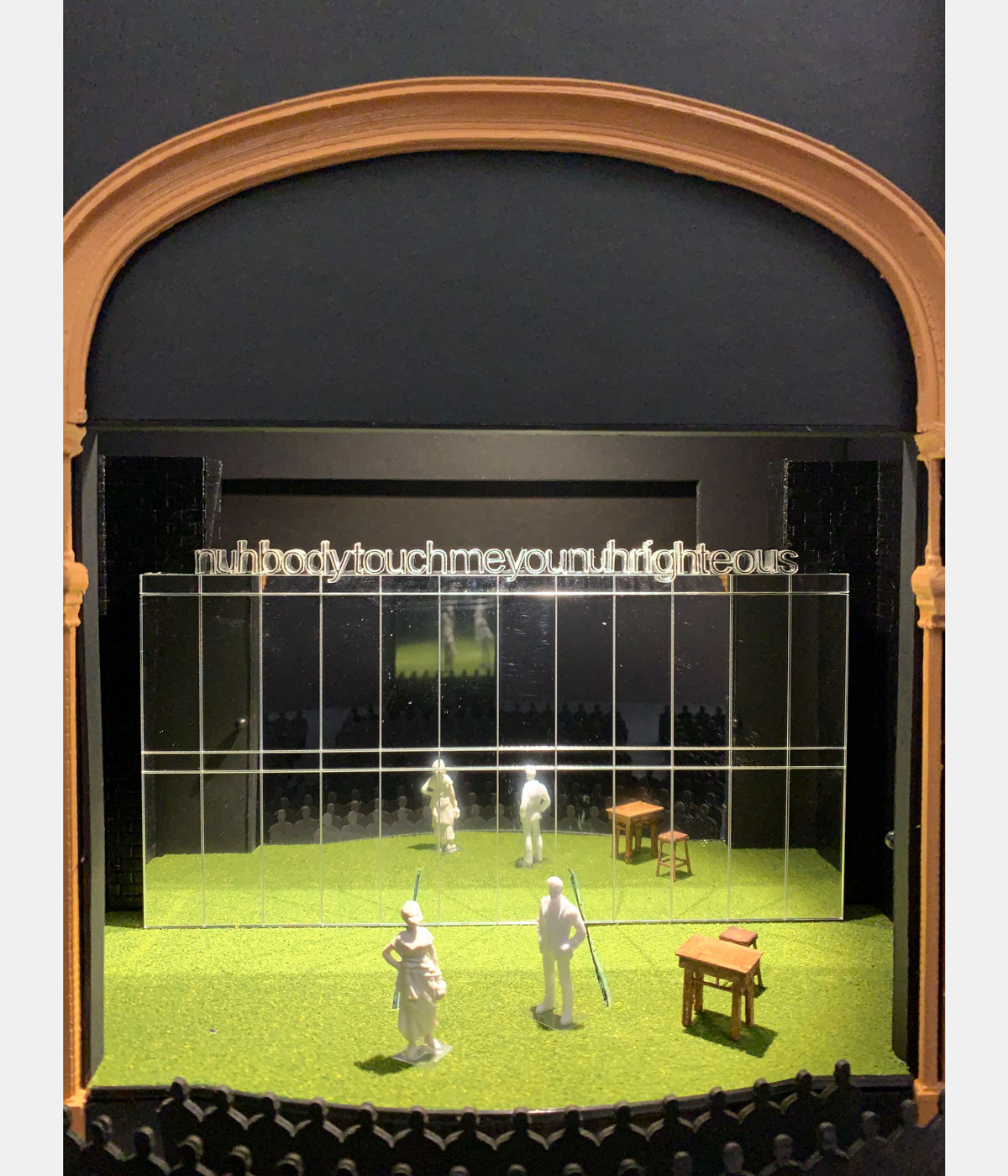
Slave Play’s greatness lies in its relationship with the audience. The set is built of mirrors, around which creeps the vegetation of the plantation it is set on. Throughout the action, the mirrors open and tilt, revealing the audience to itself, using the reflections of the actors and tessellating to accommodate the performance.
The idea was born out of a workaround of staging the production in the round, with the audience facing itself: 'The root of Jeremy's mandate was really that he wanted the audience to be immersed in the plantation, [to feel] that ephemeral thing that happens when you're in a place that has a history of oppression, that is real but [is also an idea around which there is] a spiritual envelope. Robert wanted the audience to be conscious of the performance. Seeing the actors while you're seeing the audience across for you was important to him.'
Ramos’ research led him to look at a lot of bedrooms, many of them with mirrored ceilings, and he began to think about intimacy and performance.
'I started playing around with mirrors, and then ultimately really landed on this idea… Why don't we just reflect ourselves onto it? And that also achieves what Jeremy was going for, which is because most of the audiences in the American theatre are white in a metaphorical way – we are already placing both the actors and the play itself in a plantation, in something that is charged, and which is basically a swathe of white people.'
‘The root of Jeremy's mandate was really that he wanted the audience to be immersed in the plantation… a place that has a history of oppression’
Clint Ramos
From the pop-out beds, hidden drawers and lyrics from a Rihanna song hanging over the action, the set accentuates the play in a powerful way. This was due to a collaborative approach embraced by Ramos, O’Hara and Harris.
'Our collaboration started in 2018, with Robert and Jeremy and all the other designers and it hasn't really stopped. Once I had the envelope of these walls of mirrors, it was really about what do we need for each particular scene? And the pop-up ideas facilitated the ideas of the hidden doors and within that [the set] opens up into these little vignettes, as if we're presenting middle stages. Again, it ties into this idea of how sex is performed, both for our partners or for ourselves.'
Great theatre creates great conversation, and people have something to say about Slave Play. Many have found it very liberating, appreciating its voicing of things lurking for too long as elephants in rooms. Exposing these long-engrained tropes requires us to look at ourselves, helping us question fundamental elements of our lives and relationships.
Slave Play, London is at the Noël Coward theatre until 21 September 2024
Amah-Rose Abrams is a British writer, editor and broadcaster covering arts and culture based in London. In her decade plus career she has covered and broken arts stories all over the world and has interviewed artists including Marina Abramovic, Nan Goldin, Ai Weiwei, Lubaina Himid and Herzog & de Meuron. She has also worked in content strategy and production.
-
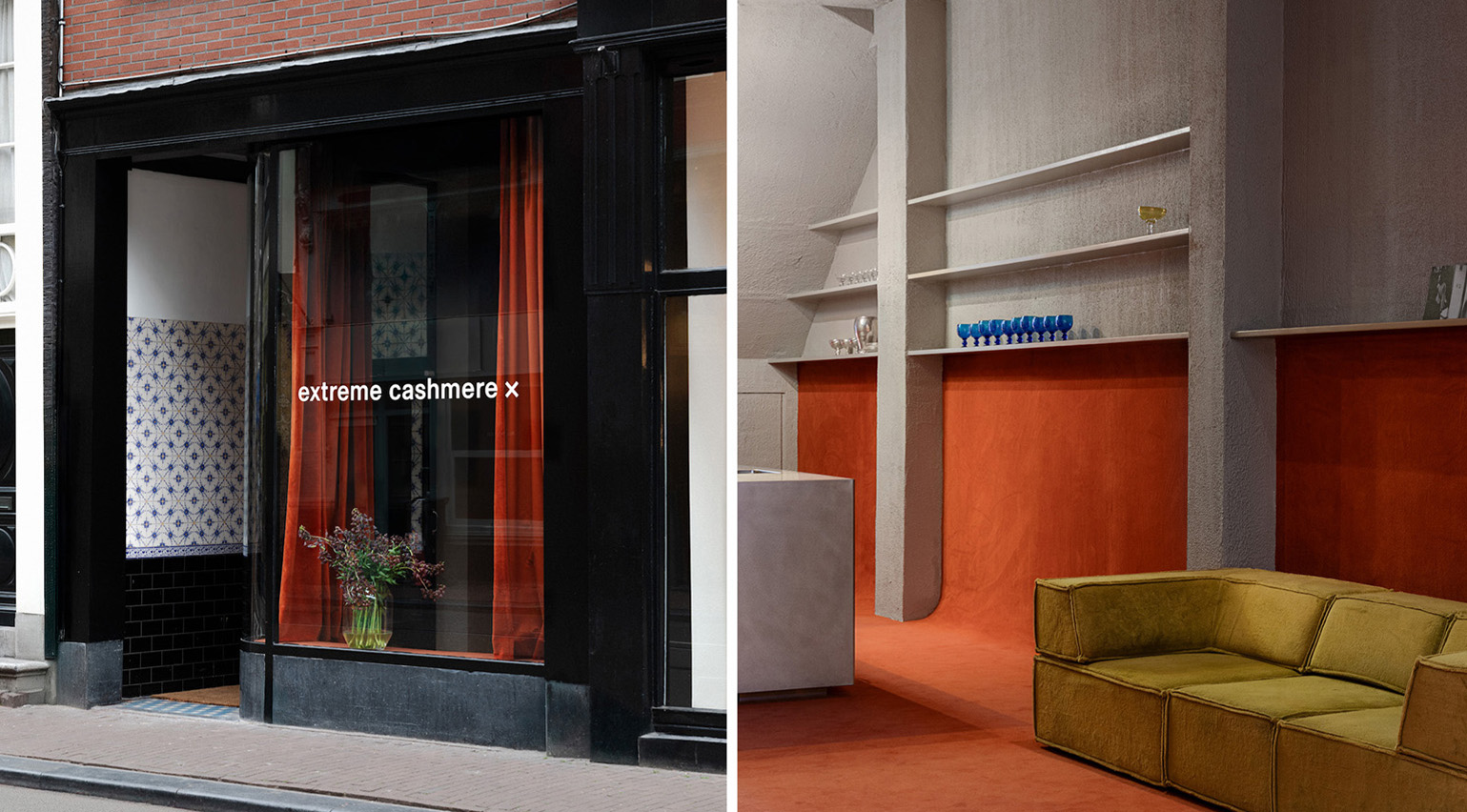 Extreme Cashmere reimagines retail with its new Amsterdam store: ‘You want to take your shoes off and stay’
Extreme Cashmere reimagines retail with its new Amsterdam store: ‘You want to take your shoes off and stay’Wallpaper* takes a tour of Extreme Cashmere’s new Amsterdam store, a space which reflects the label’s famed hospitality and unconventional approach to knitwear
By Jack Moss
-
 Titanium watches are strong, light and enduring: here are some of the best
Titanium watches are strong, light and enduring: here are some of the bestBrands including Bremont, Christopher Ward and Grand Seiko are exploring the possibilities of titanium watches
By Chris Hall
-
 Warp Records announces its first event in over a decade at the Barbican
Warp Records announces its first event in over a decade at the Barbican‘A Warp Happening,' landing 14 June, is guaranteed to be an epic day out
By Tianna Williams
-
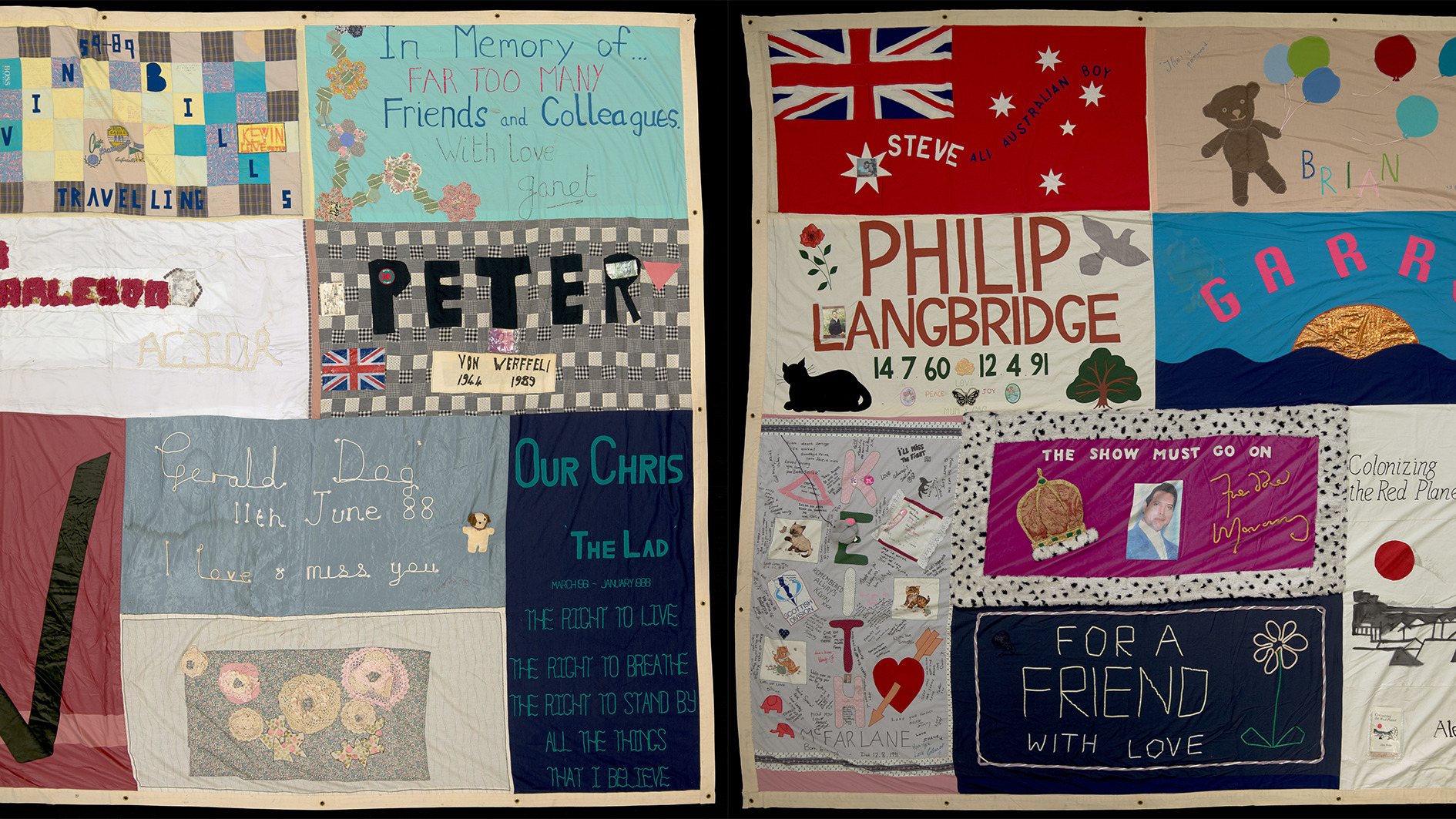 The UK AIDS Memorial Quilt will be shown at Tate Modern
The UK AIDS Memorial Quilt will be shown at Tate ModernThe 42-panel quilt, which commemorates those affected by HIV and AIDS, will be displayed in Tate Modern’s Turbine Hall in June 2025
By Anna Solomon
-
 ‘Humour is foundational’: artist Ella Kruglyanskaya on painting as a ‘highly questionable’ pursuit
‘Humour is foundational’: artist Ella Kruglyanskaya on painting as a ‘highly questionable’ pursuitElla Kruglyanskaya’s exhibition, ‘Shadows’ at Thomas Dane Gallery, is the first in a series of three this year, with openings in Basel and New York to follow
By Hannah Silver
-
 Artist Qualeasha Wood explores the digital glitch to weave stories of the Black female experience
Artist Qualeasha Wood explores the digital glitch to weave stories of the Black female experienceIn ‘Malware’, her new London exhibition at Pippy Houldsworth Gallery, the American artist’s tapestries, tuftings and videos delve into the world of internet malfunction
By Hannah Silver
-
 Ed Atkins confronts death at Tate Britain
Ed Atkins confronts death at Tate BritainIn his new London exhibition, the artist prods at the limits of existence through digital and physical works, including a film starring Toby Jones
By Emily Steer
-
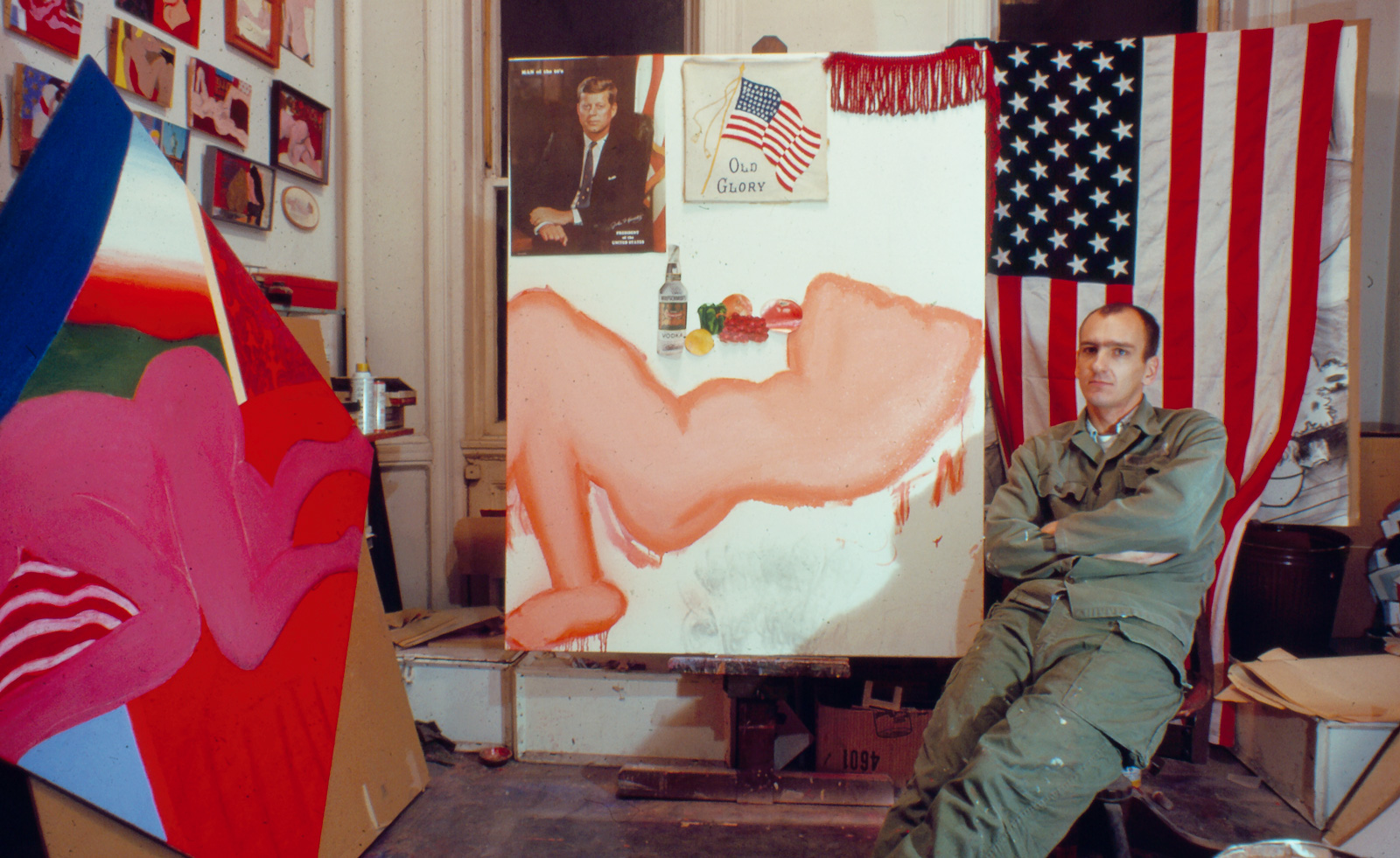 Tom Wesselmann’s 'Up Close' and the anatomy of desire
Tom Wesselmann’s 'Up Close' and the anatomy of desireIn a new exhibition currently on show at Almine Rech in London, Tom Wesselmann challenges the limits of figurative painting
By Sam Moore
-
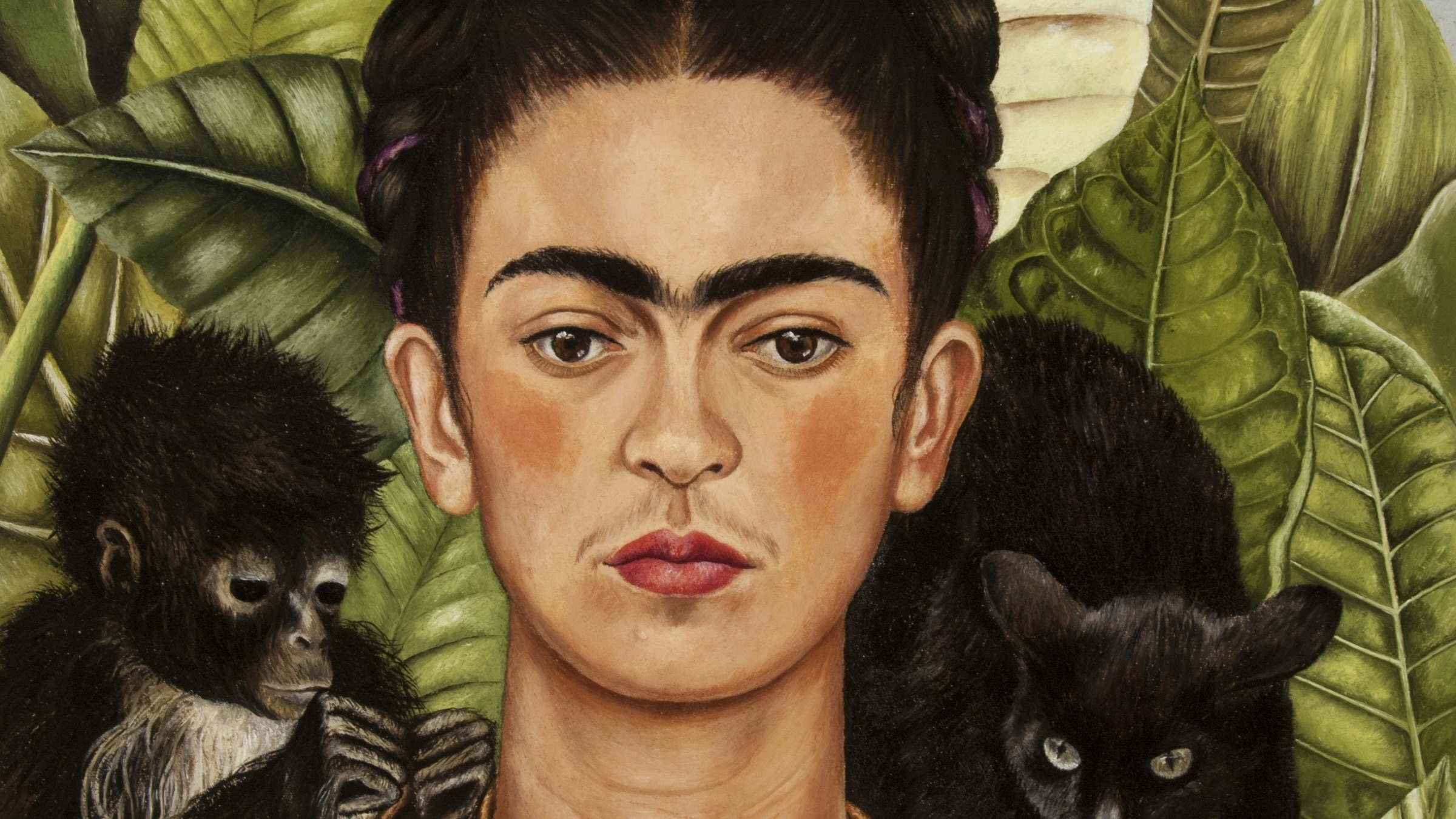 A major Frida Kahlo exhibition is coming to the Tate Modern next year
A major Frida Kahlo exhibition is coming to the Tate Modern next yearTate’s 2026 programme includes 'Frida: The Making of an Icon', which will trace the professional and personal life of countercultural figurehead Frida Kahlo
By Anna Solomon
-
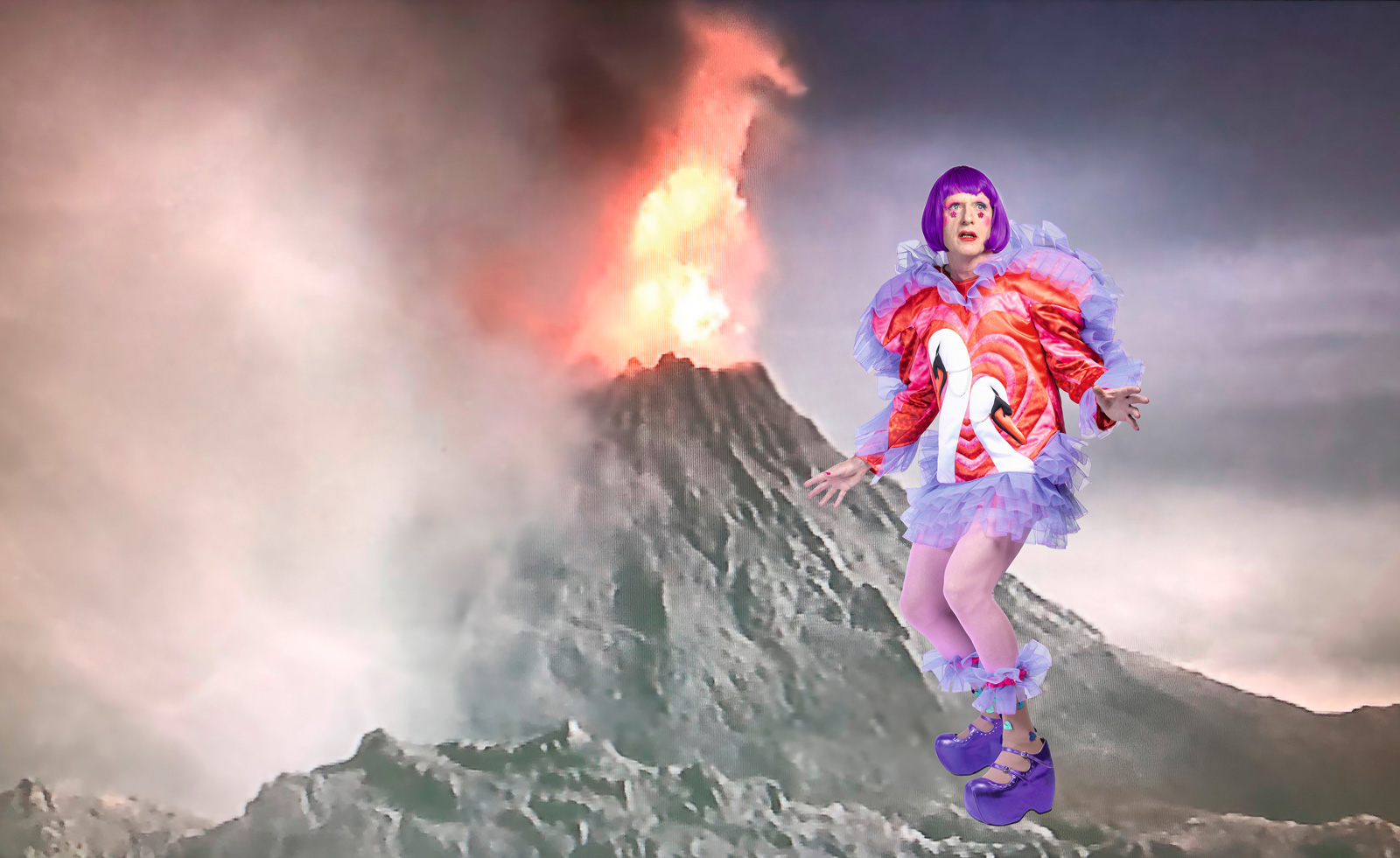 A portrait of the artist: Sotheby’s puts Grayson Perry in the spotlight
A portrait of the artist: Sotheby’s puts Grayson Perry in the spotlightFor more than a decade, photographer Richard Ansett has made Grayson Perry his muse. Now Sotheby’s is staging a selling exhibition of their work
By Hannah Silver
-
 Celia Paul's colony of ghostly apparitions haunts Victoria Miro
Celia Paul's colony of ghostly apparitions haunts Victoria MiroEerie and elegiac new London exhibition ‘Celia Paul: Colony of Ghosts’ is on show at Victoria Miro until 17 April
By Hannah Hutchings-Georgiou